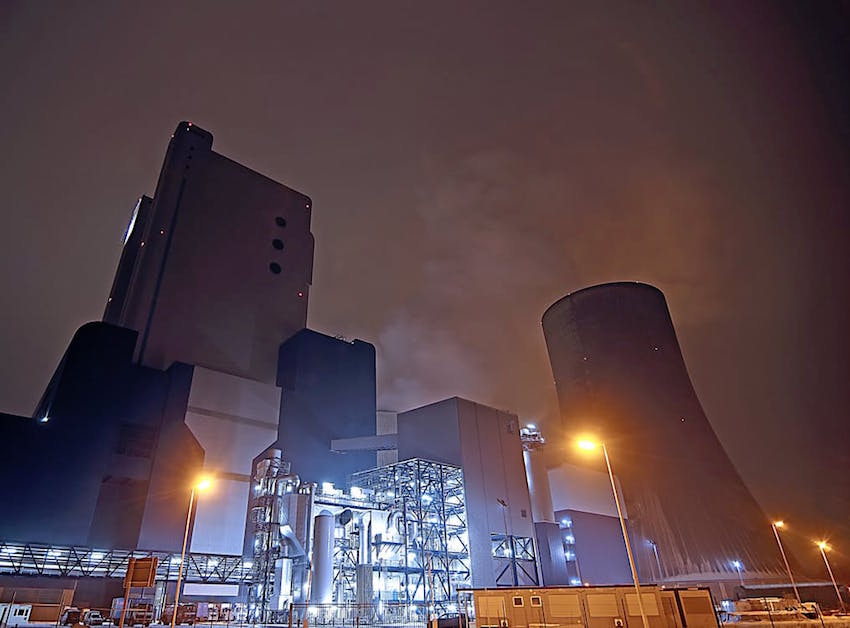
Concerns about greenhouse gases and the negative environmental impact of modern fuel sources have led to technological advances. Cleaner energy is a must manufacturing grows. Natural gas plants produce much of the energy needed, but it must meet regulatory standards for purity. Carbon capture technology is one of the ways natural gas plants can minimize the environmental impact of this energy source.
Testing New Tech
Carbonate fuel cells are one option that may help reduce the emissions released by natural gas. A new take on this carbon capture technology will be tested at the James M. Barry Electric Generating Station. This 2.7 gigawatt, mixed-use coal and gas power plant in Alabama will be the host for the pilot test. The process will use carbonate fuel cells to capture and concentrate the carbon dioxide emitted from the power plant so it can be safely stored.
According to Chip Bottone, CEO of FuelCell Energy, Inc., “Carbon capture with carbonate fuel cells is a potential game-changer for affordably and efficiently concentrating carbon dioxide for large-scale gas and coal-fired power plants. Ultra-clean and efficient power generation is a key attribute of fuel cells and the carbon capture configuration has the added benefit of eliminating approximately 70 percent of the smog-producing nitrogen oxide generated by the combustion process of these large-scale power plants.”
Membrane Carbon Capture
Another method that reduces CO2 emissions is through the use of membrane technologies. Using the selective permeation principle, membrane carbon capture allows plants to separate the gas produced into two streams—one that is methane rich and one that is carbon dioxide rich. Carbon dioxide penetrates the membrane much faster than other gas components, making this method highly efficient. As this technology improves, it could reduce greenhouse gas emissions to near-zero.
Amine Sweetening Process
The using the amine chemical sweetening process, plants can directly control the levels of contaminants in natural gas. Essentially. the amine chemicals absorb the contaminants, producing a much purer outlet gas product. Pure Blue has developed all of the infrastructure needed to install and operate an amine sweetening process in an existing plant. Quick installation, easy operation and reasonable monthly operational costs make amine a sweetening a solid environmental choice.
Benefits Of Better Carbon Capture
The opportunity presented by carbon capture technologies is particularly important for natural gas power plants. From an environmental standpoint, the release of carbon dioxide is one of the biggest challenges to an increased dependence on natural gas. With projections showing that this fuel source will be a cornerstone of future energy usage, the development of cleaner methods for extracting and using it are crucial. Consider the fact that world energy usage is projected to increase by 48 percent by 2040. Much of that increase will be natural gas, with usage projected to rise from 120 trillion cubic feet to 203 trillion cubic feet.
With the demand for fuel ever increasing, it is crucial to find new, affordable and scalable ways to produce energy without adding to carbon dioxide emissions.
Exploring The Options
With the U.S. Energy Information Administration reporting that 66 percent of the electricity in this country comes from coal and natural gas, finding ways to use these resources without harming other environmental resources is a priority. Improved membrane technology and better amine sweetening processes help dramatically lower the environmental impact of relying on natural gas as an energy source.